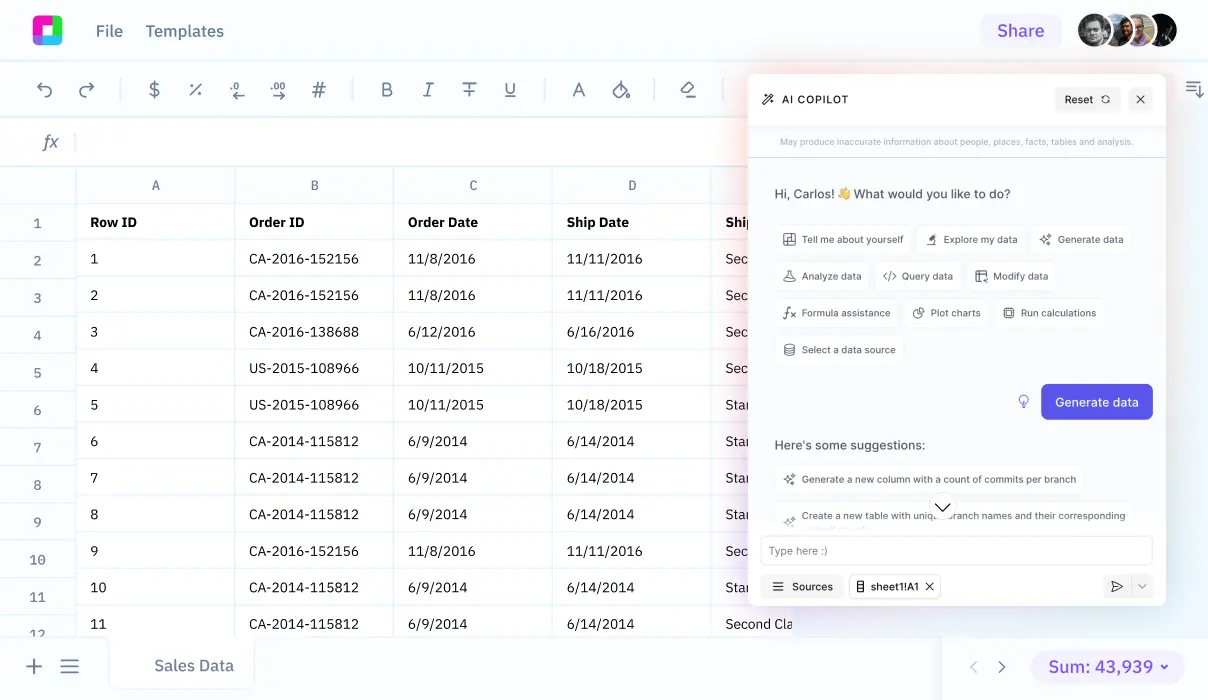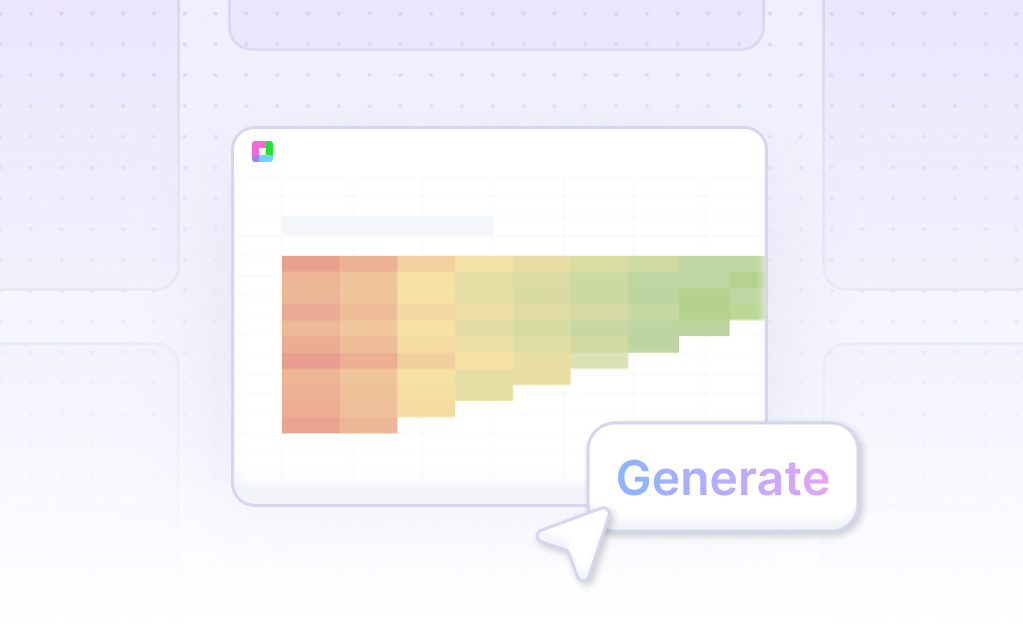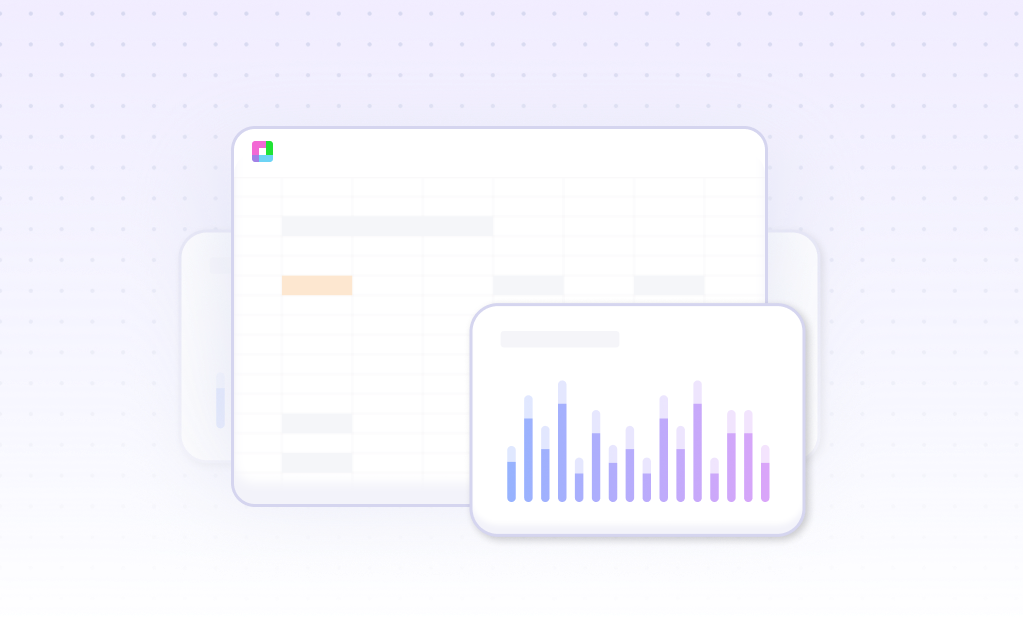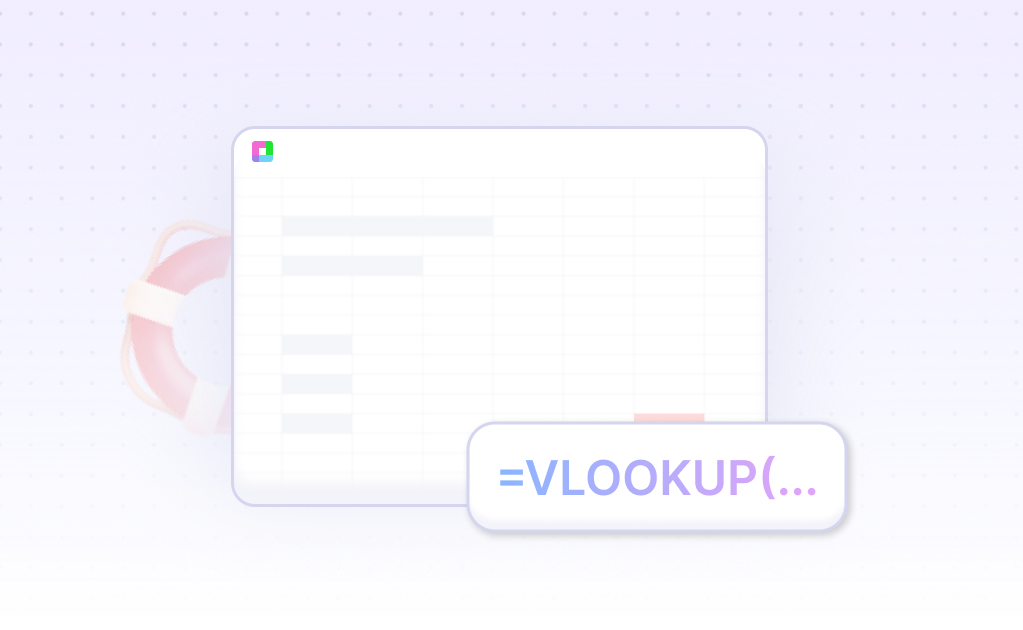
Transform Your College Basketball Fantasy Game
March Madness isn't just about brackets—it's about building the perfect fantasy lineup that capitalizes on every upset, every Cinderella story, and every star player's breakout performance. Our College Basketball Fantasy Lineup Excel template transforms the chaotic art of fantasy sports into a precise science, giving you the analytical edge that separates champions from also-rans.
Picture this: You're staring at a slate of 15 college basketball games, trying to parse through hundreds of players, injury reports, and matchup data. Your league deadline is in 30 minutes, and your gut instinct is battling against statistical analysis. This is where most fantasy players crack under pressure—but not you. With our comprehensive template, you'll have player projections, salary optimization, and lineup variance strategies at your fingertips.
Whether you're grinding daily fantasy contests on major platforms or managing a season-long league with friends, this template handles the complexity while you focus on strategy. From tracking player usage rates and pace-of-play metrics to analyzing home court advantages and referee tendencies, every edge you need is systematically organized and instantly accessible.
Why This Template Dominates the Competition
Why This Template Dominates the Competition
Fantasy basketball success isn't about luck—it's about leveraging the right data at the right time. Our template provides a comprehensive system that professional fantasy analysts use to gain their competitive edge:
- Advanced Player Projection Engine: Built-in formulas calculate expected fantasy points based on usage rate, pace, and opponent strength. No more guessing whether a player will hit value—the math tells the story.
- Salary Optimization Calculator: Automatically finds the highest-projected lineup within your budget constraints. Maximize every dollar of your salary cap while maintaining optimal player exposure across multiple lineups.
- Matchup Analysis Dashboard: Track team pace, defensive efficiency, and over/under trends to identify games with the highest scoring potential. When a team allows 78 points per game but faces a squad that averages 85, the opportunity is crystal clear.
- Injury Impact Tracker: Monitor player status changes and automatically adjust projections based on minutes redistribution. When a star player sits out, their backup's projection could jump 20-30 fantasy points.
- Stack Strategy Optimizer: Identify the best game stacks by analyzing pace correlations and total projections. Sometimes the best strategy is loading up on players from a single high-scoring affair.
- Ownership Projection Tools: Estimate player popularity in tournament play to identify contrarian picks. In a field of 100,000 entries, being right about a 5% owned player can vault you to the top of the leaderboard.
- Historical Performance Database: Track how players perform in specific situations—home vs. away, conference play vs. non-conference, senior night vs. regular games. These situational edges compound over time.
- Multi-Lineup Generator: Create dozens of optimized lineups with varying player exposures. Diversify your risk while maintaining mathematical precision across your entire portfolio of entries.
Your Step-by-Step Path to Fantasy Success
Your Step-by-Step Path to Fantasy Success
Building championship lineups requires a systematic approach that removes emotion and maximizes analytical precision. Here's how our template transforms your fantasy process:
Step 1: Data Import and Player Pool Setup
Start by importing the latest player salaries and game information from your fantasy platform. The template automatically organizes players by position, salary, and opponent, creating an instant overview of your available options. Within minutes, you'll have a complete picture of the slate with key metrics like implied team totals and pace projections prominently displayed.
Step 2: Advanced Projection Calculations
The template's projection engine analyzes each player's recent performance trends, matchup advantages, and situational factors. It weights recency more heavily than season averages, accounting for players who are trending up or down. For example, a role player averaging 12 minutes per game but logging 25 minutes over his last three games gets an adjusted projection that reflects his expanded opportunity.
Step 3: Salary Optimization and Stack Analysis
Using built-in optimization algorithms, the template identifies the highest-projected lineup combinations within your budget. It also highlights the most profitable game stacks—identifying when two or three players from the same game offer superior combined value compared to spreading your picks across multiple contests.
Step 4: Risk Assessment and Lineup Variance
Generate multiple lineup variations that balance ceiling and floor projections. The template creates different exposure levels for each player, ensuring you capture upside while protecting against total lineup failure. This systematic approach to portfolio management is how professional players maintain consistent profitability.
Step 5: Final Lineup Submission and Tracking
Export your optimized lineups directly to your fantasy platform or manually enter your selections. The template maintains a historical record of your lineup choices, actual player performances, and results, creating a database you can analyze to refine your strategy over time.
Real-World Success Stories
Real-World Success Stories
Our College Basketball Fantasy Lineup template has helped thousands of players across different contest types and skill levels achieve their fantasy goals:
Daily Fantasy Tournament Domination
A recreational player used our template during March Madness to identify contrarian plays in large-field tournaments. By focusing on lower-owned players from high-total games, they captured a top-10 finish in a 50,000-entry contest, turning a $25 investment into a $3,400 payout. The key was using our ownership projection tools to find players with 8-12% ownership who had 25+ point upside in favorable matchups.
Cash Game Consistency Strategy
A season-long fantasy player adapted our template for head-to-head and 50/50 contests by emphasizing floor projections over ceiling plays. Over a full season, they maintained a 58% win rate in cash games by systematically targeting players with high usage rates in pace-up spots, avoiding the boom-or-bust players that dominate tournament strategy.
Conference Tournament Specialization
During conference tournament season, an analytical player used our historical performance database to identify patterns in how teams perform in elimination games. They discovered that certain mid-major programs consistently exceeded their regular-season pace in tournament play, leading to several profitable stacks on teams that most casual players overlooked.
Season-Long League Management
A fantasy league commissioner used our template to track player trends throughout the season, identifying buy-low candidates after poor performances and sell-high opportunities following hot streaks. The systematic approach to player evaluation helped them execute trades that ultimately led to a championship, including acquiring a key player two weeks before his breakout stretch run.
Professional-Grade Analytics Tools
Professional-Grade Analytics Tools
What separates our template from basic lineup builders is the depth of analytical tools that mirror what professional fantasy analysts use in their daily workflow:
- Pace-Adjusted Projections: Raw statistics lie—a player averaging 15 points in games with 65 possessions isn't the same as 15 points in 75-possession games. Our template adjusts all projections for expected game pace, revealing true opportunity.
- Situational Performance Tracking: Monitor how players perform in specific scenarios—road favorites, conference play, revenge games, and must-win situations. These edges become more pronounced in tournament settings where motivation varies dramatically.
- Referee Impact Analysis: Different officiating crews call games differently, affecting pace and fouling rates. The template tracks which refs promote up-tempo games versus defensive slugfests, helping you identify the best game environments.
- Weather and Arena Considerations: Indoor basketball might seem immune to weather, but venue-specific factors like altitude, court dimensions, and crowd noise impact performance. Our template incorporates these subtle but meaningful factors.
- Line Movement Integration: Track how betting lines move throughout the day and correlate these changes with fantasy relevance. When a total drops 3 points, it might signal key player news that affects your lineup decisions.
- Contrarian Strategy Engine: Automatically identify chalk plays (high-owned players) versus contrarian options. In tournament play, being different in the right spots is often more valuable than being right about obvious plays.
Frequently Asked Questions
How accurate are the player projections in the template?
Our projection system uses advanced statistical modeling that typically falls within 15-20% of actual performance for players with consistent roles. The accuracy improves throughout the season as sample sizes increase. Remember, projections are starting points for analysis—the template's real value lies in helping you identify trends, matchups, and opportunities that others might miss.
Can I use this template for different daily fantasy platforms?
Absolutely. The template is designed to be platform-agnostic, working with any fantasy site that uses salary cap formats. You simply import player names, salaries, and positions from your preferred platform. The optimization algorithms and analytical tools work regardless of which site you're playing on.
Does the template work for both tournament and cash game strategies?
Yes, the template includes separate optimization modes for different contest types. For cash games, it emphasizes floor projections and consistent performers. For tournaments, it weights ceiling projections more heavily and includes contrarian strategy tools to help you identify low-owned players with upside potential.
How often should I update the player data in the template?
For daily fantasy, update player data on the day of contests to capture the latest injury reports, starting lineups, and line movements. For season-long leagues, weekly updates are sufficient unless there are significant roster changes or injuries. The template maintains historical data, so you won't lose your analytical foundation with each update.
What's the learning curve for someone new to fantasy basketball analytics?
The template includes guided tutorials and clear explanations for each analytical concept. Most users become comfortable with basic functions within a few hours of use. Advanced features like stack optimization and contrarian analysis may take a week or two to master, but the immediate benefit comes from organized data and basic projections.
Can I customize the projection algorithms for my own strategy?
Yes, all formulas are transparent and customizable. You can adjust weightings for recent performance, modify pace calculations, or add your own situational factors. This flexibility allows experienced players to incorporate their unique insights while maintaining the template's systematic approach.
Does the template include support for conference tournaments and March Madness?
Absolutely. The template includes special features for tournament play, including elimination game scenarios, neutral site adjustments, and historical tournament performance data. March Madness is where this template truly shines, helping you navigate the chaos with analytical precision.
What if I don't have extensive Excel experience?
The template is designed for users of all skill levels. Basic functions require no Excel expertise—just input data and review the generated recommendations. Advanced users can dig deeper into customization, but the core value is accessible to anyone who can open a spreadsheet and follow simple directions.
Explore More Sports Templates
Connect your most-used data sources and tools to Sourcetable for seamless analysis.
Frequently Asked Questions
If you question is not covered here, you can contact our team.
Contact Us




